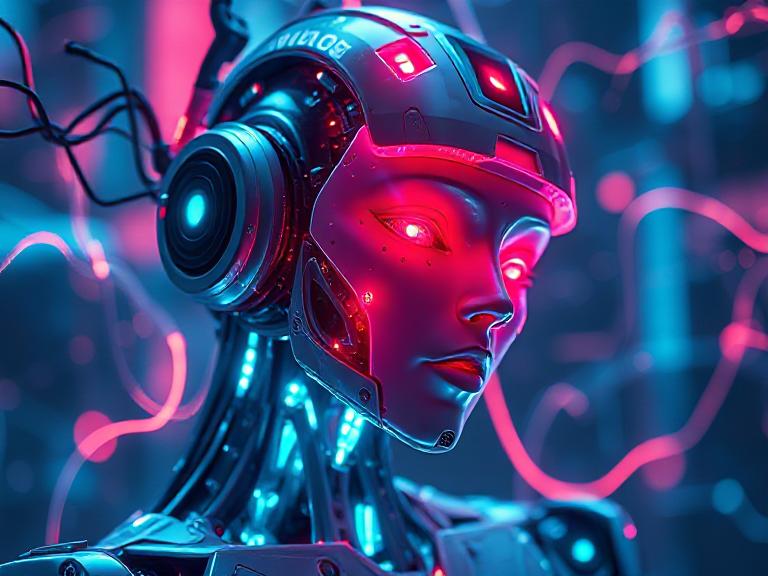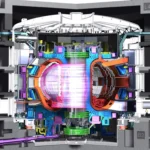The Rise of AI and Its Unexpected Flaws
Artificial Intelligence has rapidly integrated into our daily lives, from drafting emails to providing customer support. Chatbots like OpenAI’s ChatGPT and Google’s Gemini are at the forefront of this revolution, offering users instant information and assistance. However, as these models become more sophisticated, a perplexing issue has emerged: AI hallucinations.
What Exactly Are AI Hallucinations?
AI hallucinations occur when a chatbot generates information that is incorrect, misleading, or entirely fabricated. Unlike humans, AI doesn’t possess consciousness or understanding; it predicts responses based on patterns in data. This means it can produce plausible-sounding but false information, such as citing non-existent studies or misrepresenting facts.
The Paradox of Progress: Smarter AI, More Mistakes
One might assume that as AI models improve, their accuracy would too. Surprisingly, the opposite has been observed. OpenAI’s latest models, o3 and o4-mini, have shown increased rates of hallucination compared to their predecessors. In tests, these models produced false information up to 79% of the time in certain scenarios.
Similarly, Google’s Gemini has faced scrutiny for generating misleading responses, including fabricating historical facts and events.
Real-World Implications
The consequences of AI hallucinations are not just theoretical. In the legal field, for instance, a lawyer faced penalties after submitting a brief containing fictitious cases generated by an AI tool. Such incidents highlight the risks of over-reliance on AI without proper verification. Dailyscitech
Moreover, the spread of misinformation by AI can have broader societal impacts, from influencing public opinion to affecting decision-making in critical areas like healthcare and finance. Dailyscitech
Why Do Hallucinations Happen?
Several factors contribute to AI hallucinations: Dailyscitech
- Data Limitations: AI models are trained on vast datasets, but these datasets can contain inaccuracies or biases.
- Lack of Real-World Understanding: AI doesn’t comprehend context or truth; it predicts based on patterns, not facts.
- Overconfidence: AI can present information with unwarranted certainty, making false data seem credible.
Addressing the Challenge
Researchers and developers are actively seeking solutions to mitigate AI hallucinations: Dailyscitech
- Improved Training Data: Enhancing the quality and diversity of datasets to reduce biases and inaccuracies.
- Fact-Checking Mechanisms: Integrating real-time verification processes to cross-reference AI outputs with reliable sources.
- User Education: Encouraging users to critically assess AI-generated information and consult multiple sources.
The Road Ahead
As AI continues to evolve, addressing the issue of hallucinations is paramount. While AI offers immense potential, ensuring its outputs are accurate and trustworthy is crucial for its integration into society. Dailyscitech
Curious to Know More?
How do you think AI hallucinations might impact the future of information sharing and decision-making? Share your thoughts in the comments below! Dailyscitech










